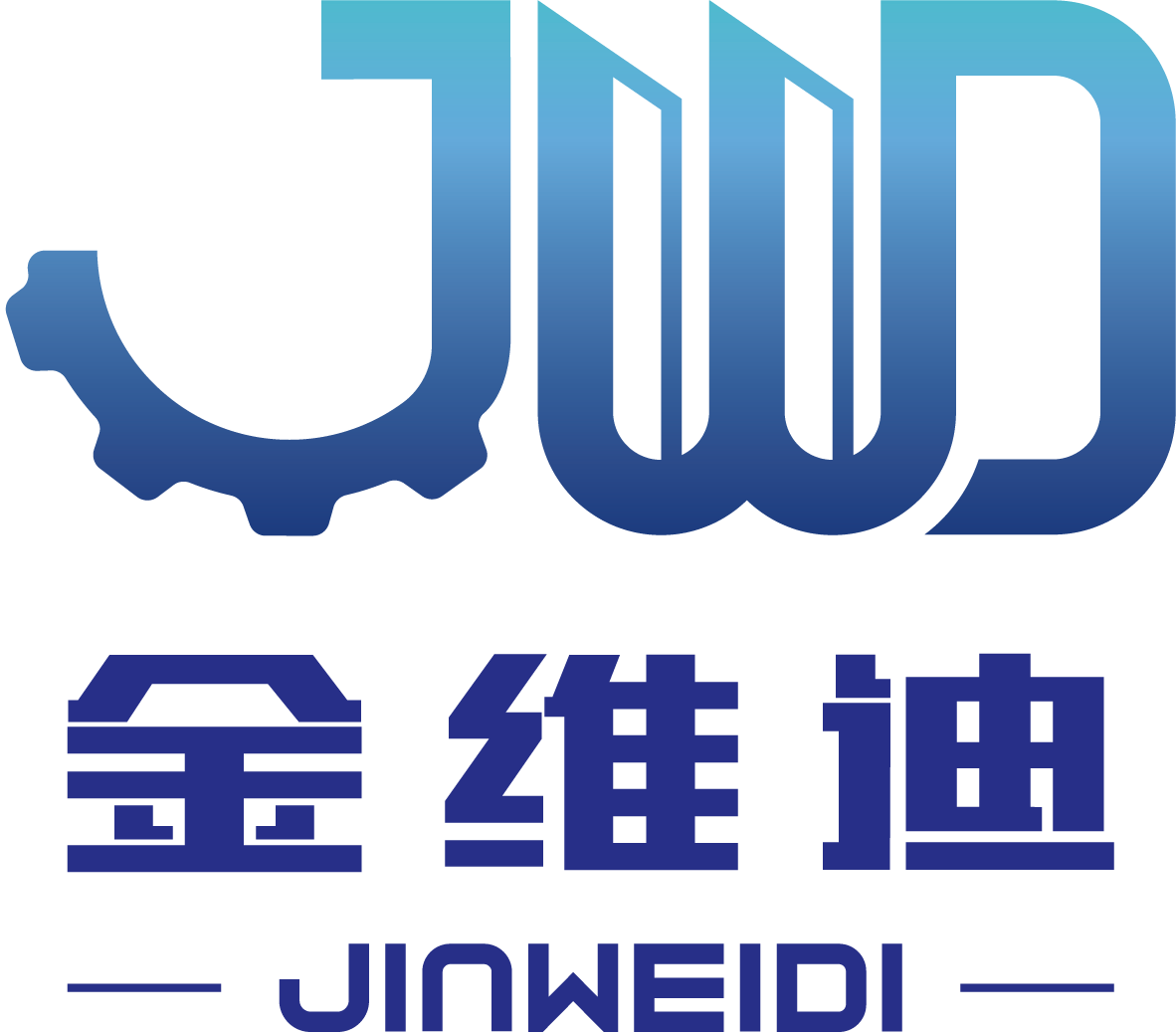Top Features to Look for in Double-axis Hydraulic Thread Rolling Machines
Top Features to Look for in Double-axis Hydraulic Thread Rolling Machines Introduction to Double-axis Hydraulic Thread Rolling Machines In the dynamic realm of manufacturing, double-axis hydraulic thread rolling machines have emerged as indispensable tools for producing high-quality threaded components. These machines utilize advanced technology to create intricate threads on metal parts, ensuring
Jun 13,2025
Top Features to Look for in Double-axis Hydraulic Thread Rolling Machines
Introduction to Double-axis Hydraulic Thread Rolling Machines
In the dynamic realm of manufacturing, double-axis hydraulic thread rolling machines have emerged as indispensable tools for producing high-quality threaded components. These machines utilize advanced technology to create intricate threads on metal parts, ensuring precision and consistency. As industries evolve, the demand for efficient, durable, and versatile thread rolling machines continues to grow. This article explores the top features to consider when investing in double-axis hydraulic thread rolling machines.
The Importance of Choosing the Right Machine
Selecting the right double-axis hydraulic thread rolling machine is crucial for optimizing production processes. A well-chosen machine not only enhances productivity but also reduces downtime and minimizes waste. By understanding the key features that differentiate machines, manufacturers can make informed decisions that align with their operational needs.
Key Features that Enhance Performance
1. Hydraulic System Efficiency
The hydraulic system is the heart of any double-axis thread rolling machine. Features to assess include:
- **Pressure Consistency**: Machines must maintain consistent hydraulic pressure to ensure uniform thread quality.
- **Energy Efficiency**: Look for machines that optimize hydraulic fluid usage, reducing energy consumption and operational costs.
- **Quick Response Time**: A responsive hydraulic system allows for faster adjustments during production runs, enhancing efficiency.
2. Dual Axis Capability
The dual-axis design enables complex threading operations. Key benefits include:
- **Increased Versatility**: Machines with dual axes can handle a wider variety of thread profiles, making them suitable for varied applications.
- **Enhanced Precision**: This design allows for precise alignment of the workpiece, resulting in improved thread accuracy.
3. Robust Construction and Durability
Durability is essential for the longevity of any machinery. Consider the following:
- **Material Quality**: High-quality steel and other durable materials prolong the machine's lifespan.
- **Wear Resistance**: Look for machines with features designed to withstand high-stress operations, such as hardened components.
4. User-Friendly Controls
The usability of the machine directly affects production efficiency. Important features include:
- **Intuitive Interface**: A user-friendly control panel simplifies operation, reducing the learning curve for new operators.
- **Automation Options**: Advanced machines may offer programmable settings for different threading tasks, enhancing repeatability and reducing manual input.
Operating Speed and Production Capacity
5. Adjustable Speed Settings
A machine's speed significantly impacts production capacity. Look for features such as:
- **Variable Speed Control**: This allows operators to adjust the speed based on the material and thread specifications, optimizing results.
- **High RPM Capabilities**: Higher RPMs can lead to faster production rates, especially important in high-demand industries.
6. Production Volume and Efficiency
Assess the machine’s production capabilities to meet your operational needs:
- **Cycle Time**: Evaluate how quickly the machine can complete a threading cycle.
- **Batch Processing**: Machines designed for batch processing can handle multiple pieces simultaneously, increasing throughput.
Safety Features and Compliance Standards
7. Integrated Safety Mechanisms
Safety is paramount in any manufacturing environment. Look for machines equipped with:
- **Emergency Stop Functions**: Easily accessible emergency switches can prevent accidents during operation.
- **Safety Guards and Shields**: Proper shielding can protect operators from moving parts or debris.
8. Compliance with Industry Standards
Ensure the machine meets relevant safety and manufacturing standards:
- **ISO Certification**: Machines adhering to ISO standards indicate reliable manufacturing practices.
- **CE Marking**: A CE mark signifies compliance with European health, safety, and environmental protection standards.
Maintenance and Support
9. Ease of Maintenance
Regular maintenance is essential for machine performance. Key aspects include:
- **Accessibility**: Machines with easily accessible components simplify routine maintenance tasks.
- **Maintenance Tracking Systems**: Some modern machines come with built-in monitoring systems to track maintenance schedules and performance metrics.
10. After-sales Support and Warranty
Consider the level of support provided by the manufacturer:
- **Comprehensive Warranties**: A robust warranty can protect your investment and reduce long-term costs.
- **Technical Support**: Reliable technical support ensures quick resolution of any operational issues that may arise.
Conclusion
Investing in a double-axis hydraulic thread rolling machine is a significant decision that can greatly influence manufacturing efficiency and product quality. By focusing on essential features such as hydraulic efficiency, dual-axis capabilities, durability, user-friendly controls, and safety mechanisms, manufacturers can select the right machine to meet their specific needs. With the right machine, companies can enhance their production processes, ensure the longevity of their equipment, and maintain a competitive edge in the industry.
FAQs
1. What is a double-axis hydraulic thread rolling machine?
A double-axis hydraulic thread rolling machine is a manufacturing tool designed to create threaded components through the application of hydraulic force, allowing for precision and versatility in various threading applications.
2. How does the hydraulic system impact machine performance?
The hydraulic system governs the machine’s pressure and speed, affecting the uniformity and quality of the threads produced. An efficient system ensures consistent results and optimizes production processes.
3. Why is dual-axis capability important?
Dual-axis capability allows for the production of complex thread profiles with enhanced precision, making the machine more versatile for different manufacturing requirements.
4. What safety features should I look for?
Key safety features include emergency stop functions, safety guards, and compliance with industry standards to ensure operator safety and minimize risks during operation.
5. How can I ensure proper maintenance of my machine?
Regular maintenance should be scheduled, focusing on easily accessible components, and utilizing any built-in monitoring systems to track performance and maintenance needs.
By understanding these features and considerations, manufacturers can make informed decisions that align with their operational goals and industry requirements.
Related Posts
Contact Us
E-mail:
jwd_machinery@sina.com
Phone/WhatsApp:
+86 18515871688
Address:
North side of 7th Road, Taocheng North Industrial Park, Hengshui City, Hebei Province, China




